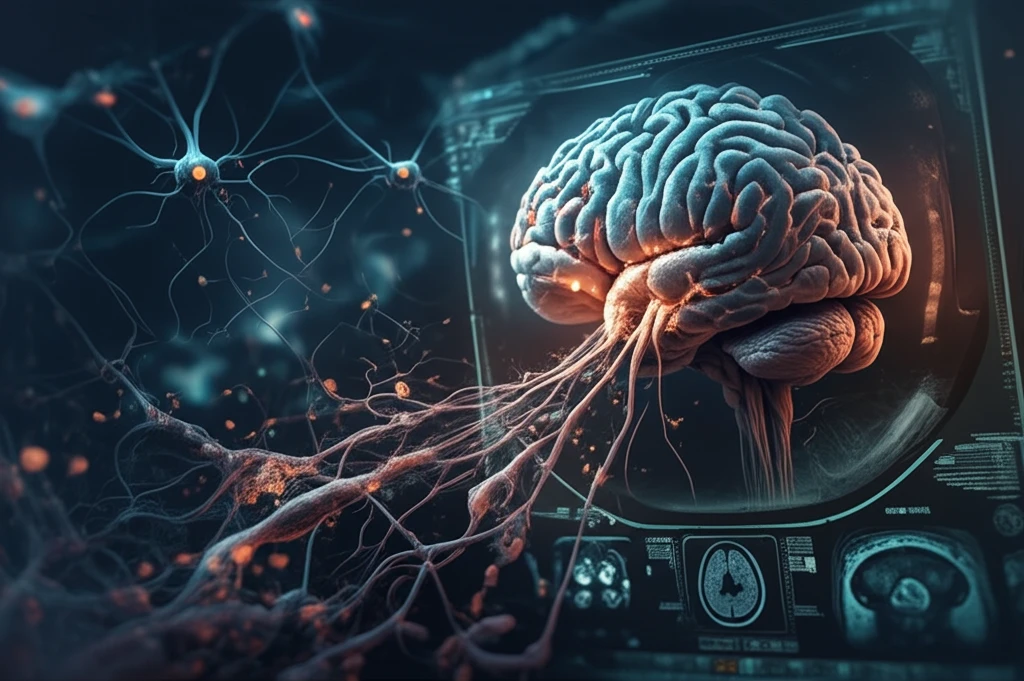
Can Stem Cells Heal the Brain? New Hope for Traumatic Brain Injury
"Pioneering research explores how induced pluripotent stem cells (iPSCs) could revolutionize traumatic brain injury (TBI) treatment and neural repair."
Traumatic brain injury (TBI) is a significant global health issue, affecting millions each year. TBI can lead to long-term disabilities, placing immense strain on individuals, families, and healthcare systems. Current treatments often focus on managing symptoms and providing supportive care, but the need for regenerative therapies is clear.
Stem cell therapy has emerged as a promising avenue for addressing the underlying damage caused by TBI. Among the different types of stem cells, induced pluripotent stem cells (iPSCs) hold particular promise. These cells, derived from adult cells, can be reprogrammed to become any cell type in the body, offering a versatile tool for repairing damaged brain tissue.
A recent study published in Cell Transplantation has explored the potential of iPSCs in treating TBI in rats. The research focuses on tracking iPSCs as they are introduced into the brain, providing valuable insights into their behavior and therapeutic effects. The study sheds light on the possibilities of stem cell-based therapies for TBI, offering hope for improved outcomes and neural regeneration.
The Science Behind iPSCs: How Stem Cells are Revolutionizing Brain Injury Treatment

The study, led by researchers at Fudan University in Shanghai, investigated how iPSCs could aid in the reconstruction of brain tissue and restoration of brain function after TBI. The researchers derived iPSCs from skin fibroblasts using four key factors: Oct4, Sox2, Myc, and Klf4. These iPSCs were then differentiated into neural stem cells (NSCs), which have the ability to develop into various types of brain cells.
- iPSC Derivation: Successfully derived iPSCs from skin fibroblasts using Oct4, Sox2, Myc, and Klf4.
- NSC Differentiation: Induced iPSCs to differentiate into NSCs, expressing Nestin and capable of becoming neural and glial cells.
- SPIO Labeling: Labeled NSCs with SPIOs overnight, confirmed by Prussian blue staining showing intracellular particles.
- MRI Tracking: T2-weighted MRI showed NSCs migrated to the injury area post-implantation.
- Functional Detection: Manganese-enhanced MRI (ME-MRI) detected NSCs function, which diltiazem could block.
Looking Ahead: The Future of Stem Cell Therapies for TBI
This study provides compelling evidence that iPSC-derived NSCs can be successfully tracked in the brain using MRI. The ability to monitor the migration and function of these cells opens up new avenues for understanding and treating TBI. While further research is needed, the findings suggest that stem cell-based therapies hold great potential for improving outcomes and promoting neural regeneration in patients with TBI.
